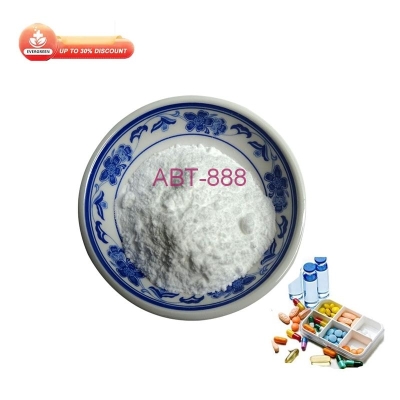-
Categories
-
Pharmaceutical Intermediates
-
Active Pharmaceutical Ingredients
-
Food Additives
- Industrial Coatings
- Agrochemicals
- Dyes and Pigments
- Surfactant
- Flavors and Fragrances
- Chemical Reagents
- Catalyst and Auxiliary
- Natural Products
- Inorganic Chemistry
-
Organic Chemistry
-
Biochemical Engineering
- Analytical Chemistry
- Cosmetic Ingredient
-
Pharmaceutical Intermediates
Promotion
ECHEMI Mall
Wholesale
Weekly Price
Exhibition
News
-
Trade Service
Nimustine is a cancer medication that is used to treat a variety of different types of cancer, including brain tumors, Hodgkin's lymphoma, and non-Hodgkin's lymphoma.
It is a chemotherapy medication that works by interfering with the growth and division of cancer cells.
In the chemical industry, the synthetic routes of nimustine are of great interest due to its potential as a cancer treatment.
One synthetic route for nimustine involves the reaction of chloroacetamide with methyl iodide in the presence of a strong acid catalyst, such as sulfuric acid.
This results in the formation of the N-methyl derivative of chloroacetamide, which can then be transformed into nimustine through a series of chemical reactions.
Another synthetic route involves the reaction of cyclohexanone with sodium hydroxide in the presence of a solvent, such as ether or benzene.
This results in the formation of 2,3-dimethyl-2,3-dihydro-1H-inden-1-one, which can then be converted into nimustine through a series of chemical reactions.
Yet another synthetic route involves the reaction of 2,3-dimethyl-2,3-dihydro-1H-inden-1-one with sodium nitrite in the presence of a solvent, such as acetonitrile.
This results in the formation of 2,3-dimethyl-1H-pyrrole-3-carboxaldehyde, which can then be transformed into nimustine through a series of chemical reactions.
The selection of a particular synthetic route for nimustine will depend on a variety of factors, including the available starting materials, the desired yield, and the cost and availability of the necessary reagents and equipment.
In addition, the specific reaction conditions and the sequence of reactions may vary depending on the chosen synthetic route and the desired product properties.
Overall, the synthetic routes of nimustine are complex and multi-step processes that require careful optimization and control to ensure the production of a high-quality product.
Despite these challenges, the development of new and more efficient synthetic routes for nimustine and other cancer medications remains an active area of research and development in the chemical industry, with the goal of improving patient outcomes and quality of life.







